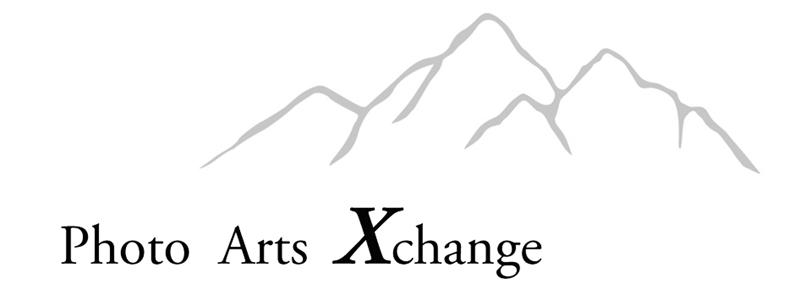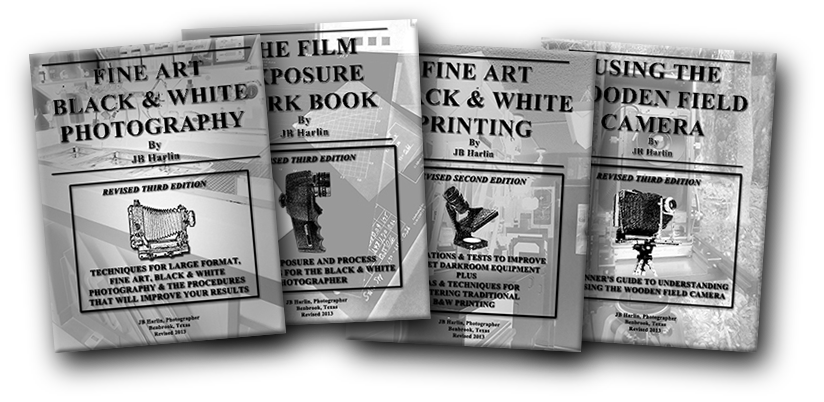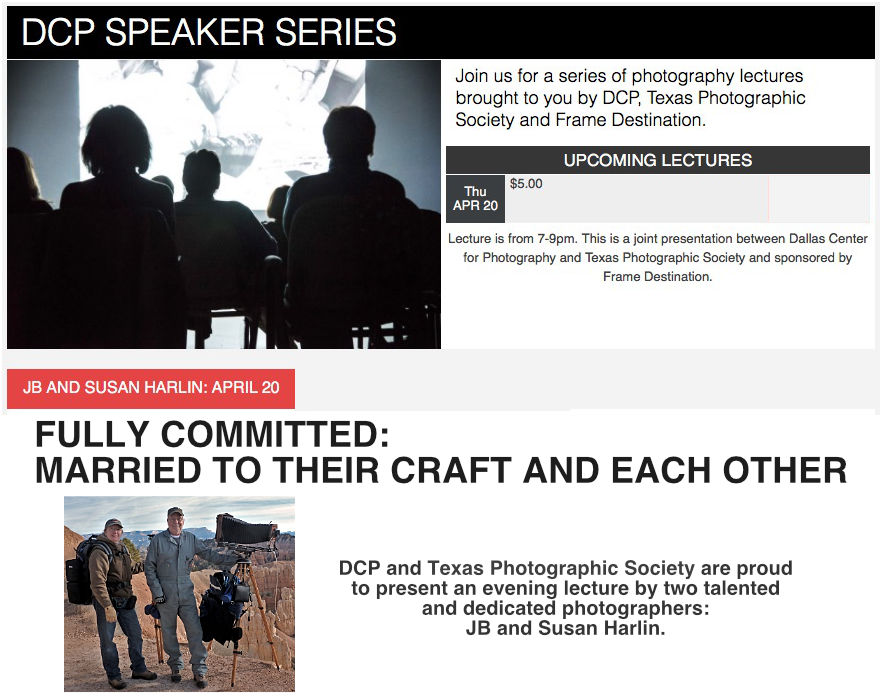View Camera
WHAT CAN WE DO?
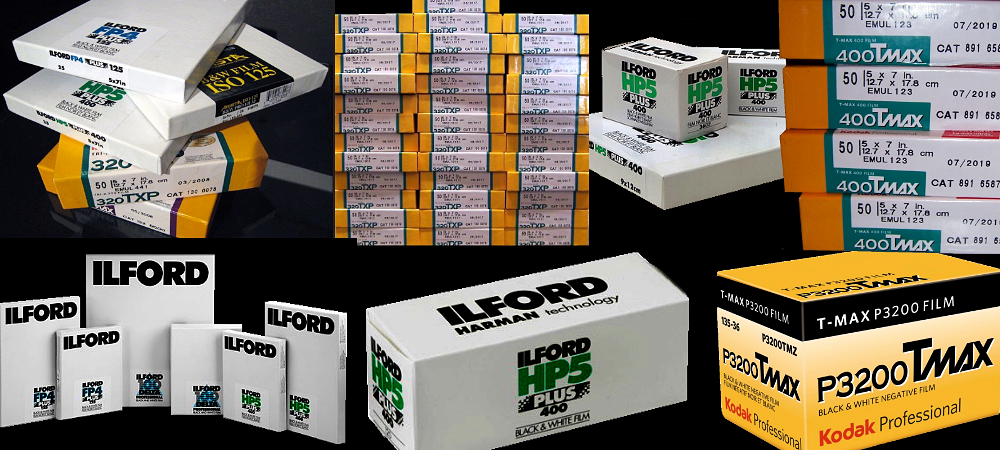
Susan and I were recently invited to visit the camera club we were members of many years ago. Back in the days before digital turned camera clubs into computer clubs we were both serious club members. Susan is a past club president and I a past vice president. Over the years this club’s membership has changed and many of the old hands we knew have moved on. The majority of those attending were new faces, but there were quite a few dedicated members we knew from years past.
The meeting brought back fond memories of being in a room with fifty or more like-minded people, all sharing their interest in photography. We had a great time visiting and catching up with what our old friends are up to now days. The group seems to still be motivated, with several photography outings planned and even a few workshops. Of course all they seem to know about is digital, PhotoShop and LightRoom.
What struck me like a bolt from the blue was the remarks that came up when the word film was added to the conversation. Blank faces; jaw drops; and a look of confusion when we mentioned we still shoot film. The same questions came up; you can still get film? When informed that film was still there and gaining in popularity, there was even more silence.
This just dumbfounded me and leads me to question myself. I have to ask, what can I do to get the word out about film? Here we were with a group of motivated photography buffs, and all they seem to be aware of is one single path for photographic expression. This situation begs the question, what can we as dedicated film shooters collectively do to make sure the world knows film is still there? Maybe we should all attend our local camera clubs and try to inform everyone that there is an alternative to being a computer club. If you are interested in the art and craft of photography, there should be a well rounded interest in all forms of visual expression. Film, digital, alternative processes; they are all valid. Even today! Our interest centers around traditional film and wet darkroom and that is what we do. Thing is, others interested can do it too. . . if only they knew it still existed.
Hello World. . . Film Is Not Dead!
JB
FILM; STILL ALIVE AND KICKING!
And they said it wouldn’t last! Hmm. . . seems that has been said before. What am I talking about? Well. . . FILM of course! It’s amazing to see the resurgence in the interest in and the use of the worn out old technology of photographic film. Sort of like vinyl records, tube amplifiers, buggy whips and saddles. What becomes old is new again. I honestly had this feeling something like 15-20 years ago when that tired old chant started; Film Is Dead. I didn’t believe it then and now it looks like I was correct in my assessment. I didn’t fall for the sell your film gear now while you can still get something for it. Truth is, we bought even more film gear. And what is happening now? The prices of film photographic equipment is once again rising. All of the manufacturers closed up shop and went chasing after high-tech gizmos. And now, suddenly there is a growing market with a finite supply of hardware. You have to choose what you can find used or refurbished. How could that happen? What is going on in the world of photography?
It’s all because of young people. They grew up with all that techno stuff and one day someone, like me, showed them there is something else. Something different. . . Wow! A different way of seeing, creating, photographing. . . making your artistic statement. The key word is different. Fred Picker used to say, “different is not the same!”
I hear all kinds of comments. Look at the size of that camera! You can still get film for that? You can get film that big? Oh, you make prints? And the look of them! That seems to be something else that is new to the younger generation. I grew up looking at photo albums put together by my family. You didn’t have a little screen to view your snapshots instantly as you made them. You had to send the film off and wait! And those prints you got back in that envelope had value. You didn’t make a thousand snaps and pick one to look at once and then discard. You kept real printed photographs and looked at them over and over. And if one was really special, you had an enlargement made!
Yes the story of film and film cameras has come full circle, just as I had predicted way back in the Film Is Dead days. I said there would be a mass exodus by film and film camera manufacturers. But I also said that film would not go away. There would always be someone out there that would keep making it. Because there are those of us that are not willing to give it up. I predicted there would be someone to fill the niche market. I also predicted the price of film would go up. . . and it has. But, what is the cost of what you love? How can you put a price on that which you have spent most of your life learning, exploring, refining and experimenting with?
Another thing I feel strongly about is knowledge and passing it on to future generations. I feel it is near a responsibility to preserve what you have spent a lifetime learning. This commitment led to the four book series that Susan and I put together and self-published 20 years ago. Those books have been revised and are now available in e-book format. Through our web site and this Blog we have further endeavored to highlight what we do and how we approach photography as an art form.
It’s been an interesting and fulfilling journey to this point and that journey is just beginning. I feel I can now say with confidence, FILM IS NOT DEAD!
JB
ILFORD PHOTO ULF CUSTOM FILM RUN 2018
 Time to order your Ilford ULF film. You have until Friday 25th May 2018 to place your orders with participating Dealers. Your order will start shipping in August and you should check with your local ULF reseller for expected arrival dates.
Time to order your Ilford ULF film. You have until Friday 25th May 2018 to place your orders with participating Dealers. Your order will start shipping in August and you should check with your local ULF reseller for expected arrival dates.
This annual campaign allows ULF photographers the opportunity to order selected sizes of ILFORD sheet film and other specialist products without the constraints of the usual minimum order quantity.
You will find more information HERE.
FROM THE ROAD; 2017 TRIP TO UTAH
We have returned home from another trip photographing in Utah. We did come home a couple of days early due to impending winter weather here in Texas. It was near warm out West, while everything from Texas Eastward was in the deep freeze. We did have an excellent trip and we had an amazing time finding new things and making new photographs of some of our favorite places.
Here are a few statistics from this year’s trip:
DAYS ON THE ROAD TOTAL: 29
DAYS IN BRYCE CANYON NP: 3
DAYS IN SPRINGDALE, UT: 16
DAYS IN MOAB, UT: 5
NUMBER OF DAYS PHOTOGRAPHING: 16
SUSAN 4X10 FILM: 87
SUSAN 8X20 FILM: 7
JB 8X10 FILM: 67
JB 11X14 FILM: 12
TOTAL MILES DRIVEN: 3,745
It will take us some time to get the film processed, sorted, filed and proofed. Hopefully we brought back more interesting photographs to print. We invite everyone to follow us on our Web Site, our BLOG and FaceBook. For those of you that traveled with us and followed our ‘FROM THE ROAD’ 2017 emails, thanks for traveling with us! We have gathered all of the emails into a PDF you can view here:
FROM THE ROAD 2017
Hope you enjoyed traveling with us, it is always fun sharing the ‘From the Road’ updates.
JB & Susan
THANKS EVERYONE FOR COMING OUT!
We would like to thank everyone that attended our presentation last Thursday evening at the DCP. We had an energetic group of photographers and photography enthusiasts. A special thank you to the DCP for including us in their 2017 DCP Speaker Series, the Texas Photographic Society and Frame Destination! Here are a few photos from the evening courtesy of Courtney. . .
JB & Susan
DCP SPEAKER SERIES; 04/20/2017
Hello Everyone; Mark your calendar for April 20, 2017 and join us at the DCP for an evening of traditional photography. We will be giving a talk titled “FULLY COMMITTED: MARRIED TO THEIR CRAFT AND EACH OTHER.” We will also have cameras and associated gear, along with a few original photographs on display.
Looking forward to seeing you at the DCP!
JB & Susan
TRANSPARENT TECHNIQUE
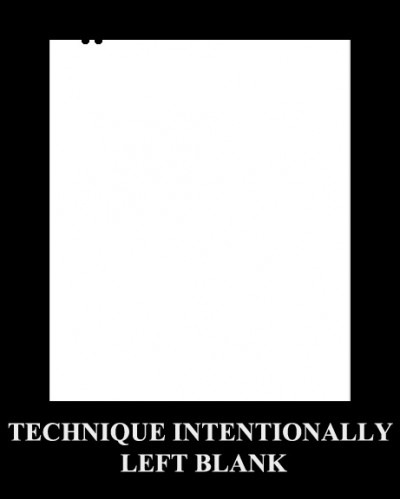 “It is a truism that the more skillful the photograph, the more invisible the art of creation. If the photographer had done a competent job, his insights become so lucid, universal and accessible that they seem to belong to the observer of his work. What follows, then, is the assumption that the viewer could have produced the work. This, in spite of all evidence to the contrary, is why the myth endures that the photographer merely pulls out a picture as a dentist extracts a tooth.”
“It is a truism that the more skillful the photograph, the more invisible the art of creation. If the photographer had done a competent job, his insights become so lucid, universal and accessible that they seem to belong to the observer of his work. What follows, then, is the assumption that the viewer could have produced the work. This, in spite of all evidence to the contrary, is why the myth endures that the photographer merely pulls out a picture as a dentist extracts a tooth.”
ZONE VI NEWSLETTER by Fred Picker, Number 45, December, 1985, p.8
I believe that people think I must spend most of my time building and testing. It is true that I do spend time in my shop building and modifying equipment. I spend a lot of time in the darkroom testing and experimenting with the photographic process. But believe me, I only do what is necessary to make my images say what I want. It is about finding what works, and making it work the way I want. I like to think of the technique as being transparent. I do not want the process to get in the way when I am out working. I want to concentrate, without distraction, as much of my working time as possible on my subject. I do not want to be distracted with the process.
We have had very few malfunctions on the road with the equipment. I attribute that to being aware, and up to date with keeping everything in proper operating condition well before we head out. Most problems we have had in the field are minor, mostly adjustment related and are taken care of once we return home. We do spend a lot of time in preparation for a long photography trip. Details are worked out well before we leave. Everything from a detailed calendar, hotel reservations, cleaning and testing equipment, loading film holders, even down to a packing check list. But that is all part of good planning.
This is what must be done before hand to help insure your creativity once in the field. You have to get all of the technical stuff out of the way. That is where you start. Learn the process. . . make it your own and do not let it get in the way of your creativity. Get all of the logistics organized and out of the way. Your technique should be as transparent as possible.
JB
NOTE: If you have a set of the ZONE VI NEWSLETTER by Fred Picker, read Number 45, December, 1985, for an interesting discussion of the art of photography. Also, I have an index available for download. Follow this LINK to our Articles area, scroll down the page and look for the “COMPLETE ZONE VI NEWSLETTER INDEX ISSUES #1 THROUGH #83.”
THANK YOU, EVERYONE!
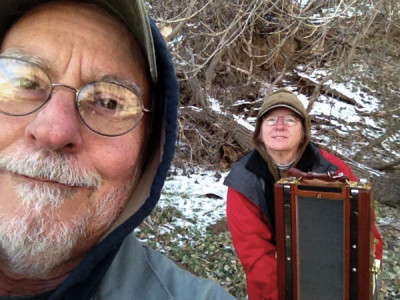
Susan and her 4×10, Zion NP
We spent the greater part of last December traveling in Southern Utah. We visited Bryce Canyon NP, then traveled to Zion NP and the area surrounding Springdale. Next we ventured to Moab, where we visited Arches NP and Canyonlands NP. Hope everyone enjoyed our random From The Road emails and thanks for traveling along with us! We will put up a travel album on our web site as soon as we get a little time.

Susan and her 4×10, Zion NP
Don’t forget the selfie! That seems to be the latest fad and though irritating at times, the preverbal ‘selfie’ has its appeal. We are no different, I guess. We did make a few obligatory selfies on our last trip. Saw a few people with those selfie sticks. . . some were pointed out car windows or an open moon roof while driving. Really wonder what kind of images they got? Having said all that, and not to be out done, we include a few here for your viewing pleasure. . .
Needless to say, we have quite a bit of film to process and that will take at least another month before we begin to see what we brought back. In a world of instant gratification (keep that selfie stick out of my face!), there are those that can’t understand how anyone could be that patient. This is one of the greatest attributes of LF and ULF film photography. It teaches you patience. You take your time when finding a subject. You spend even more time composing the image. Making that exposure is a one time thing. You make sure. . . then you make doubly sure, before you expose that one sheet of film. You know that you will not even get an inkling of what you captured for quite some time, so you give it your best and hope what you do pays off.

We continue to follow our passion for LF and ULF film photography and do send our deepest heart felt thanks to everyone for your continued support. Each year there seems to be more and more interest in film and is extremely encouraging. Happy New Year to all. Hope everyone has a great 2016!
Agin, Thank You Everyone!
JB & Susan
WHY COMPLAIN SO MUCH?
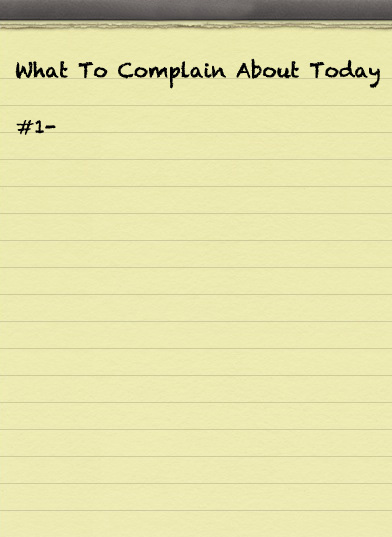 It seems that I hear a lot of bellyaching about this or that when discussing getting out with a view camera. I wish it really were that easy, but working with large cameras and sheet film is not something that is trivial nor easy. Here are a few complaints I have heard;
It seems that I hear a lot of bellyaching about this or that when discussing getting out with a view camera. I wish it really were that easy, but working with large cameras and sheet film is not something that is trivial nor easy. Here are a few complaints I have heard;
-
My dark cloth is not dark enough
-
My dark cloth is too heavy
-
My ground glass is not bright enough
-
I want one of those inverting viewers
-
My lens is not exactly the one I want
-
My camera is not sturdy enough
-
My tripod is too heavy
-
It is way too hot (that one is mine)<
-
It is way too cold (not for me)
It is much too easy to complain rather than to just suck it up and get to work. Nothing is ever perfect and if you really want to get out and expose film, you will learn to work with whatever you have, in whatever conditions may occur. I believe most of this is more about using complaints as an excuse not to get out and make photographs as it is about reality. As I said, making photographs is difficult hard work, especially with a large view camera. It requires dedication and a stick-to-it kind of mindset.
Let me address some of these items from my viewpoint;
-
I have never had a dark cloth that wasn’t dark enough. If the cloth is black on the inside and relatively thick it is plenty good enough to see your ground glass. The main purpose of the dark cloth is to cancel any light and reflections on the ground glass so you can see to compose and focus. It will seldom be cave dark if you are out in bright sun. Quit looking at how bright it is and concentrate on the ground glass.
-
Yes, if you have a 100% opaque dark cloth, then the odds are it will be heavy and even cumbersome to use. May not always be the case, but everything is a trade off.
-
The ground glass is not a computer screen. . . it will never be as bright as a TV or computer screen. In my experience everything I have tried makes things worse for me. I tried a Fresnel. . . once. . . not for me. Yes it was brighter, but the lines broke the image up to the point I could not easily focus. I got rid of it and learned to use what I had. I prefer a plain ground glass. I have learned to use it. Remember to let your eyes get accustomed to the dark when you get under the dark cloth. The longer you stay under there the better you will see. Be patient.
-
I have said this before and I will repeat; nothing will improve your composition any more than looking at your subject upside down. This is a fact. . . get used to it. . . use it to your advantage. . . it is true!
-
Don’t go there. . . optimally you need, a short, a medium, and a long focal length lens. If you can’t afford all three, compromise and learn to use what you have till you can afford something else. Not a good excuse.
-
Everything in a mechanical design is a tradeoff. The lighter and smaller your camera folds, the less sturdy it will be. . . fact of life. Remember: The camera only has to be still when the shutter is open!
-
Tripods are another tradeoff. Light tripod; less sturdy, more prone to vibration. Heavy tripod: more sturdy, less prone to vibration. You get to choose. Me, I carry a 19 pound wooden tripod for 8×10 and 11×14. I wouldn’t use anything else.
-
This is my worst area. So far as I am concerned, when it gets to 80F, it is way too hot for humans to function. Working with a large camera, I begin to draw the line at 50F. And, I am not going to get over it! Being sick and suffering heat exhaustion is not a fun time, nor is it creative.
-
Too cold. . . what is that? I prefer to work well under 40F. We have worked at near 0F and survived. My rule; if I break a sweat, time to head home. See, I also whine!
Nothing is ever perfect and the lack of perfection is not an excuse for not making photographs. You can always find some reason not to get out, how about finding something worth exposing a sheet of film on instead of complaining? When I wrote this it was the middle of July, 103.8F, with a dew point of 62F on the back porch. I don’t even want to look outside, let alone go outside in this kind of weather. I have whittled my list of complaints and excuses down to hot weather. . . how about you?
JB
I have never had a dark cloth that wasn’t dark enough. If the cloth is black on the inside and relatively thick it is plenty good enough to see your ground glass. The main purpose of the dark cloth is to cancel any light and reflections on the ground glass so you can see to compose and focus. It will seldom be cave dark if you are out in bright sun. Quit looking at how bright it is and concentrate on the ground glass.
Yes, if you have a 100% opaque dark cloth, then the odds are it will be heavy and even cumbersome to use. May not always be the case, but everything is a trade off.
The ground glass is not a computer screen. . . it will never be as bright as a TV or computer screen. In my experience everything I have tried makes things worse for me. I tried a Fresnel. . . once. . . not for me. Yes it was brighter, but the lines broke the image up to the point I could not easily focus. I got rid of it and learned to use what I had. I prefer a plain ground glass. I have learned to use it. Remember to let your eyes get accustomed to the dark when you get under the dark cloth. The longer you stay under there the better you will see. Be patient.
I have said this before and I will repeat; nothing will improve your composition any more than looking at your subject upside down. This is a fact. . . get used to it. . . use it to your advantage. . . it is true!
Don’t go there. . . optimally you need, a short, a medium, and a long focal length lens. If you can’t afford all three, compromise and learn to use what you have till you can afford something else. Not a good excuse.
Everything in a mechanical design is a tradeoff. The lighter and smaller your camera folds, the less sturdy it will be. . . fact of life. Remember: The camera only has to be still when the shutter is open!
Tripods are another tradeoff. Light tripod; less sturdy, more prone to vibration. Heavy tripod: more sturdy, less prone to vibration. You get to choose. Me, I carry a 19 pound wooden tripod for 8×10 and 11×14. I wouldn’t use anything else.
This is my worst area. So far as I am concerned, when it gets to 80F, it is way too hot for humans to function. Working with a large camera, I begin to draw the line at 50F. And, I am not going to get over it! Being sick and suffering heat exhaustion is not a fun time, nor is it creative.
Too cold. . . what is that? I prefer to work well under 40F. We have worked at near 0F and survived. My rule; if I break a sweat, time to head home. See, I also whine!
Nothing is ever perfect and the lack of perfection is not an excuse for not making photographs. You can always find some reason not to get out, how about finding something worth exposing a sheet of film on instead of complaining? When I wrote this it was the middle of July, 103.8F, with a dew point of 62F on the back porch. I don’t even want to look outside, let alone go outside in this kind of weather. I have whittled my list of complaints and excuses down to hot weather. . . how about you?
JB

